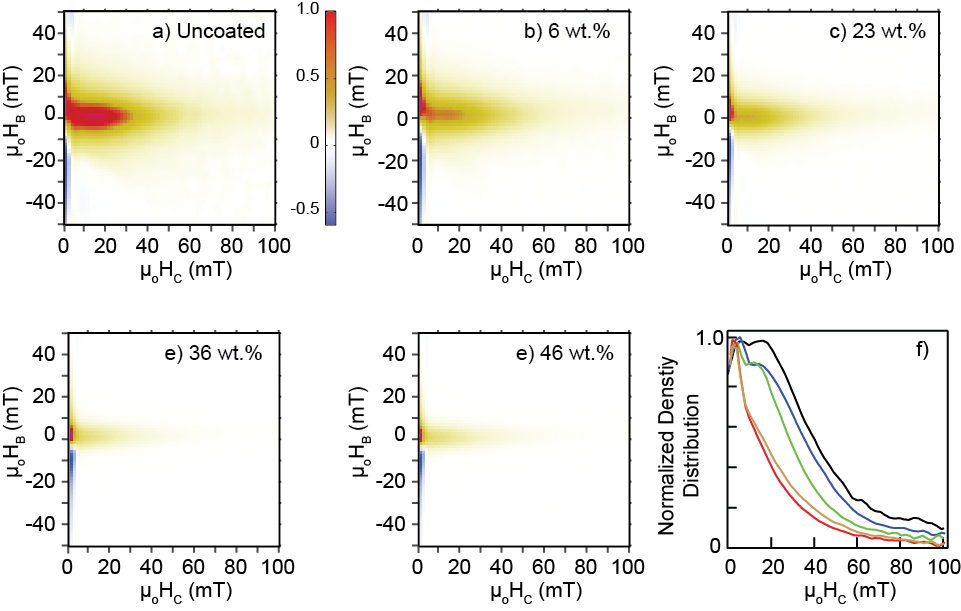Superparamagnetic Particle Systems: Experiment and Micromagnetic Models
Magnetic minerals with very small grain size are ubiquitous in nature. They can reflect the neo-formation of new ferromagnetic minerals or the reductive dissolution of larger grains. If fine grains aggregate, their effective magnetic behaviour may behave as large grains that can carry a stable magnetization. Advancements in Material Science makes it possible to synthesize magnetic particles with well-defined particle sizes, and with coating to prevent magnetic interactions, and this allows us to examine the magnetic behaviour in fine-grained systems. Experimental studies on particles with an average size of 15 nm have shown that interactions become negligible when particles are separated by 3-4 nm.

Micromagnetic modelling of particle aggregates shows that at least one particle diameter is needed to breakdown all particle interaction, but separation of 4-6 nm is enough to reduce exchange anisotropy significantly. These results have implications both in environmental magnetization, but also in the design of synthetic magnetic nanoparticles for biomedical applications.

Collaborations: A.M. Hirt, members of Particle Technology Laboratory (ETHZ); Dr. S. Pané (Institute of Robotics and Intelligent System, ETHZ); Prof. A. Fink (BioNanomaterials, Adolphe Merkel Institute, Univ. Fribourg); Prof. W. Williams (School of Geosciences, Univ. Edinburgh).
